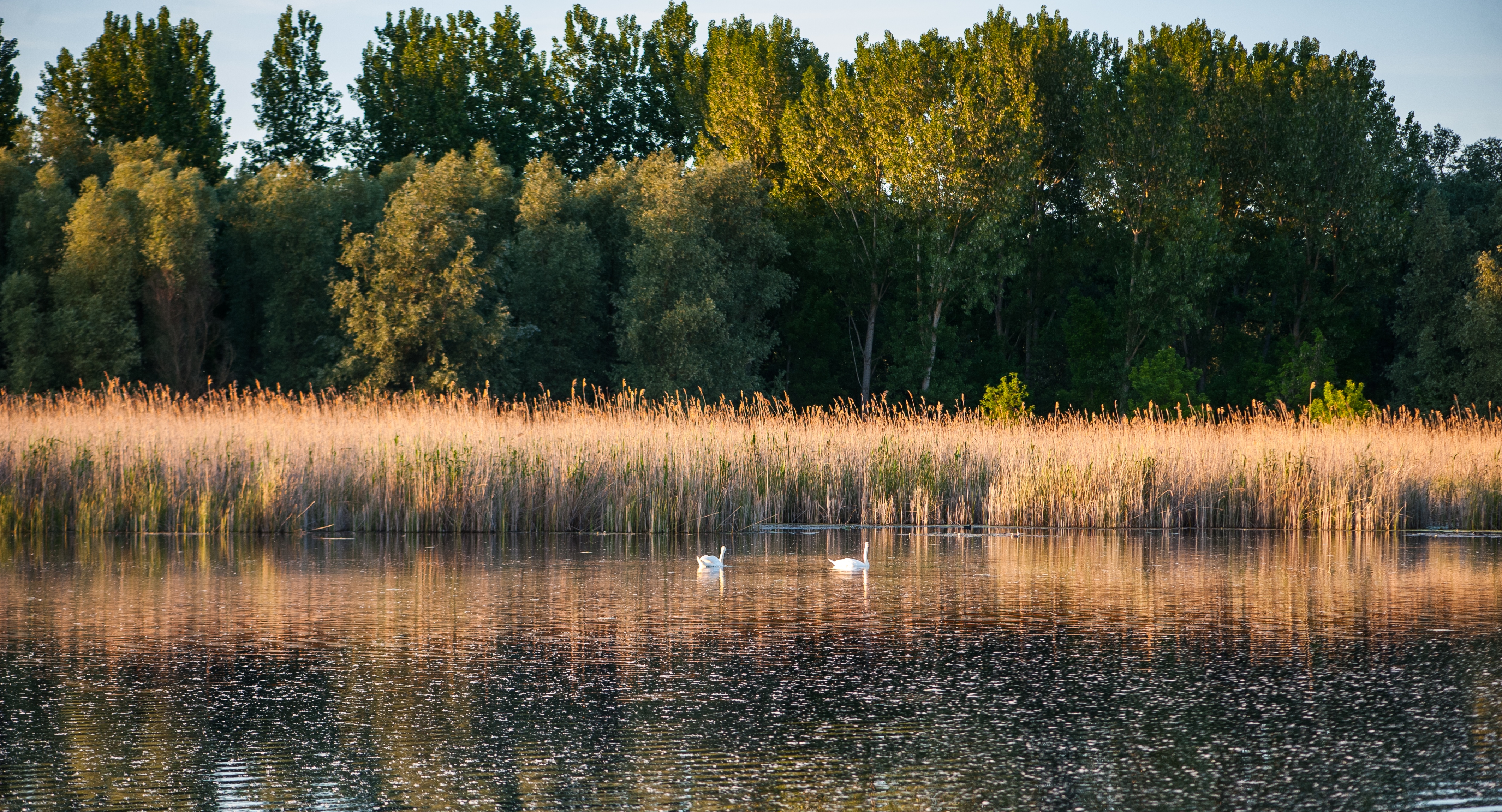One of the fundamental objectives of the Convention on Biological Diversity is the preservation of all forms of life on Earth, including genetic diversity. The EU Biodiversity Action Plan, developed to implement the European Union’s wildlife conservation strategy, sets the goal of identifying gaps in ex-situ conservation programs for wild species and finding solutions to address them.
In 2006, the European Union set out to identify gaps in ex-situ conservation programs for wild species and develop solutions to fill them. According to the Global Strategy for Plant Conservation, revised in 2010, at least 75% of endangered species must be preserved in ex-situ collections—preferably within their country of origin—by 2020. In line with international and EU commitments, the establishment of the Pannon Seed Bank in Hungary became necessary to preserve the wild vascular plants of the Pannonian Biogeographical Region in an ex-situ seed bank, complementing natural habitat conservation.
Beyond providing security against the potential disappearance or degradation of endangered populations or rare species from their natural habitats, ex-situ seed banks offer additional opportunities:
- They enable tracking genetic changes in wild populations,
- Provide research material without increasing disturbance to natural habitats,
- Contribute to the comprehensive study of factors maintaining the diversity and stability of plant communities.
Goals and Implementation
The project aims to expand the current functions of the Centre for Plant Diversity, which operates one of the world’s 13 largest agricultural gene banks, with over 50 years of experience in preserving agricultural genetic resources. Establishing a gene bank that conserves both agricultural and wild plant species is a unique and exemplary model worldwide. The Pannon Seed Bank aligns with the Convention on Biological Diversity by preserving the genetic diversity of the entire Pannonian Biogeographical Region’s flora, including both wild plants and crops important for human nutrition.
This effort will be carried out in the most economically efficient and cost-effective manner, utilizing existing knowledge and infrastructure. The preservation of these valuable natural resources is of great significance for biodiversity conservation at the national, European, and global levels, contributing to achieving the biodiversity targets set for 2010 and beyond.
The Hungarian Academy of Sciences’ Institute of Ecology and Botany coordinates the collection of plant genetic material—namely, seeds of the native flora—by involving Hungarian botanists and experts with local knowledge. The collected seed samples will be dried and stored under controlled conditions in the Pannon Seed Bank. To ensure complete security, a duplicate of each seed will also be preserved at the Ecological and Botanical Institute in Vácrátót. Additionally, a highly important third collection will be stored in a former mine passage in Esztramos Hill, located in the Aggtelek National Park, which will provide full protection even in the event of a natural disaster. The seed collections in Tápiószele and Vácrátót will be open for public viewing.
By the end of the five-year program, experts aim to collect seeds from 50% of Hungary’s native wild plant species (representing at least 800 species in multiple samples). The Pannon Seed Bank will serve as a safety repository to prevent the extinction of endangered plant species in the event of unexpected damage or environmental disasters affecting their wild populations. Additionally, it will provide opportunities for assessing genetic changes and conducting studies aimed at maintaining the stability and diversity of plant communities. For certain plant species, the seed bank will supply research material, thus avoiding unnecessary disturbance to their natural habitats.
Experts will also conduct an experimental study to confirm the usefulness of a gene bank collection established for emergency situations. As part of this experiment, researchers from the Ecological and Botanical Research Institute will attempt to reintroduce species threatened by climate change in a sandy grassland study site within the Kiskunság National Park.

 >
>